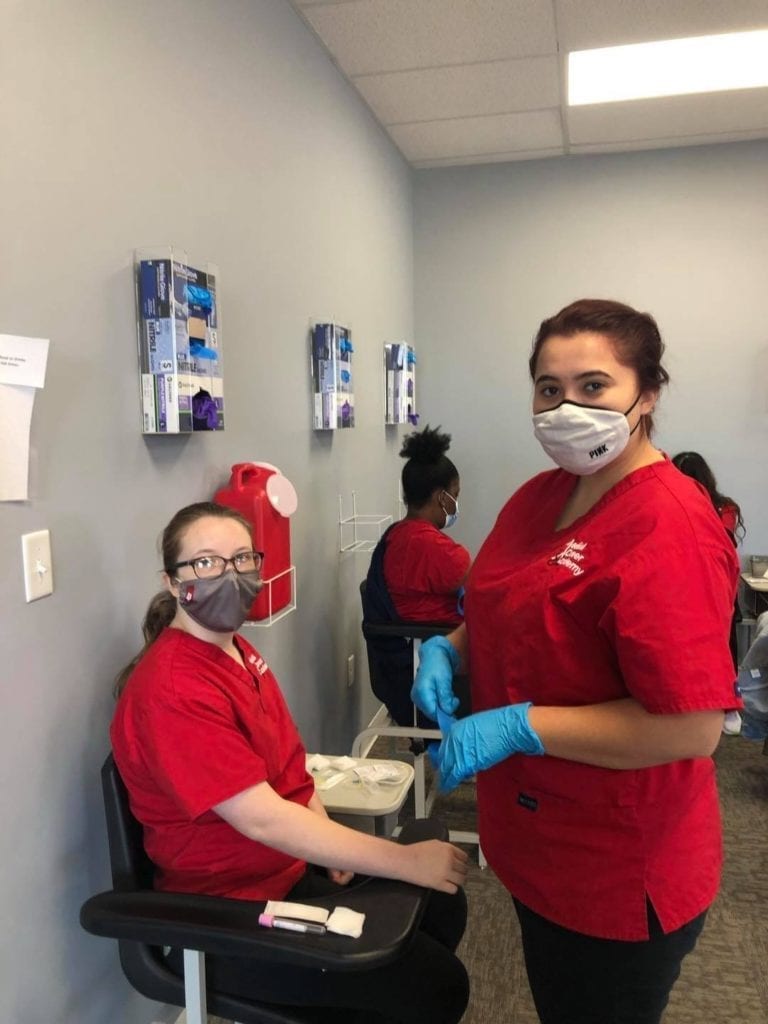4 Step Guide to Becoming a Certified EKG Technician
If you’re considering a career in the healthcare industry, consider being an electrocardiograph (EKG) technician, which requires less training and education than most other medical professions. This can be a good first step if you really want to work in the healthcare field. So, how exactly can you become an EKG technician? This guide gives you four simple steps on how you can train and become certified as an EKG technician in the industry.
1. Earn a High School Diploma or GED
The minimum requirement for becoming a technician is for you to have at least a high school diploma or its equivalent, which is a GED. While that sounds easy enough, you still need to focus on learning a few things while still in high school that will become useful as you train for the EKG technician course. You need to take some higher-level math classes, anatomy and physiology, and other science courses. All these subjects can be beneficial since you’ll be dealing with those topics most of the time while in training.
2. Complete an EKG Technician Program
Contrary to popular belief, you don’t actually need to complete an EKG technician program to start working as a technician since you can just complete a certification program with a little bit of training. However, it’s still vital that you complete a full-blown course for EKG technicians if you want to upskill yourself and learn everything you can for the job.
Once you’ve completed the entire program, you’ll be more comfortable working hands-on with EKG equipment and working in a patient care environment. You’ll also be able to learn more about anatomy, medical terminology, bedside manner, and the correct lead EKG placement by completing the course.
3. Apply as an EKG Technician
Now that you’ve completed the course, you can finally apply everything you’ve learned and gain experience by working as a technician. Many EKG technicians are trained on the job by their seniors or other cardiology professionals. This is done through orientation and training that will generally last for about four to six weeks.
Just be watchful about the employers you apply to since some of them require prior healthcare experience. If you have some experience before working as a hospital volunteer or EMT, you’ll have an edge against other candidates and are more likely to be hired as an EKG technician.
4. Get EKG Certification
Let’s not forget that being a full-time EKG technician still requires you to be certified. However, you need some experience working as one first before you can earn that certification. Once you’ve had at least a year of experience in the field, you’ll be considered eligible for testing to become a certified technician. The National Healthcare Association is the regulatory body that certifies technicians, so you must pass their examination first. To take the exam, you need to do the following steps:
- Send your application online.
- Select your preferred location and date to take your certification exam.
- Study hard by reviewing what you’ve learned and using study guides or practice tests you can get online.
- Go to the examination center on the date and location you chose and take the exam.
- Get your results after two days.
Conclusion
Starting a career as an EKG technician is easy enough to achieve, but it would still take some time to master. This guide should help you go through the entire process of studying, training, working, and being certified as an EKG technician.
Medical Career Academy is Indiana’s premier medical training course provider, offering the highest quality education in several healthcare fields. We stand out from other learning institutions because we commit to each student individually and provide full support at every step of the process. If you’re looking for EKG tech classes or CPR training, Medical Career Academy is the place to go. Contact us today to learn more about our course offerings.

